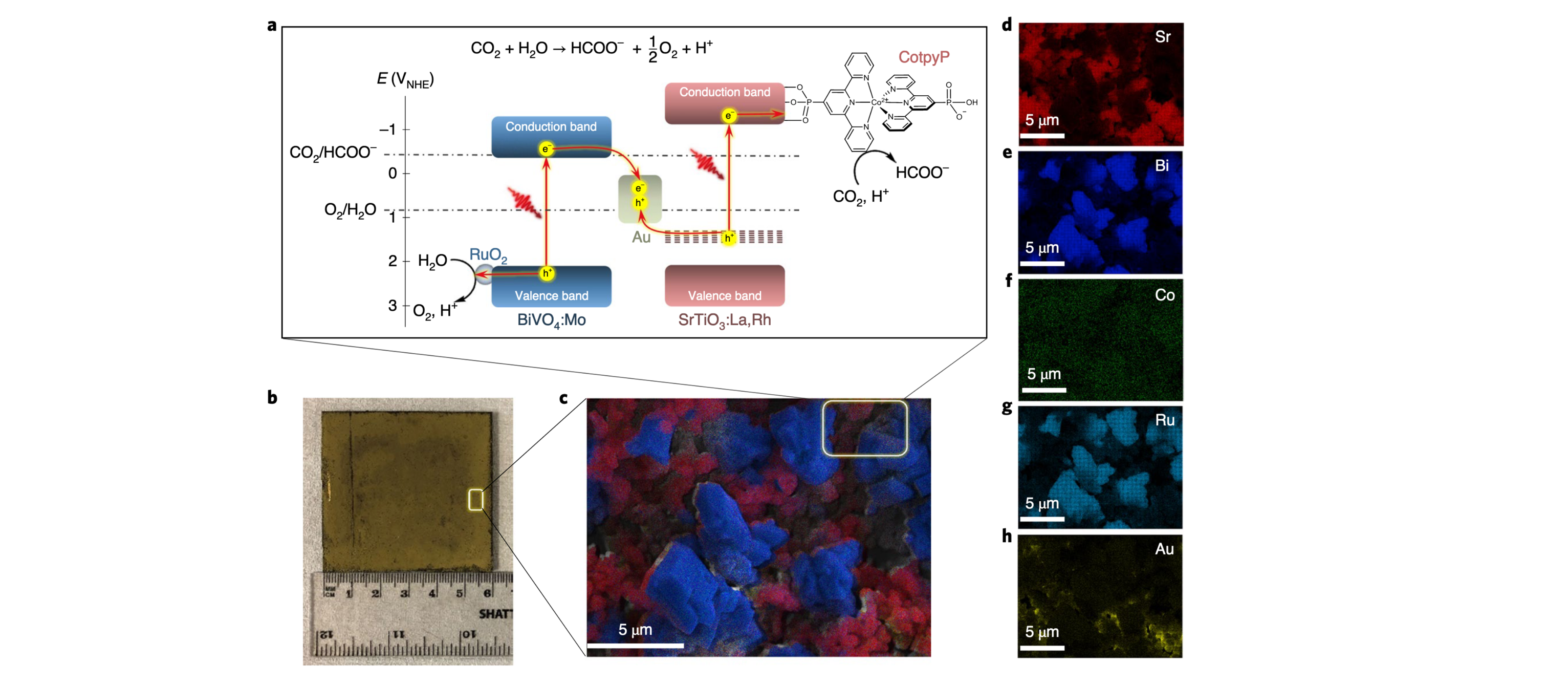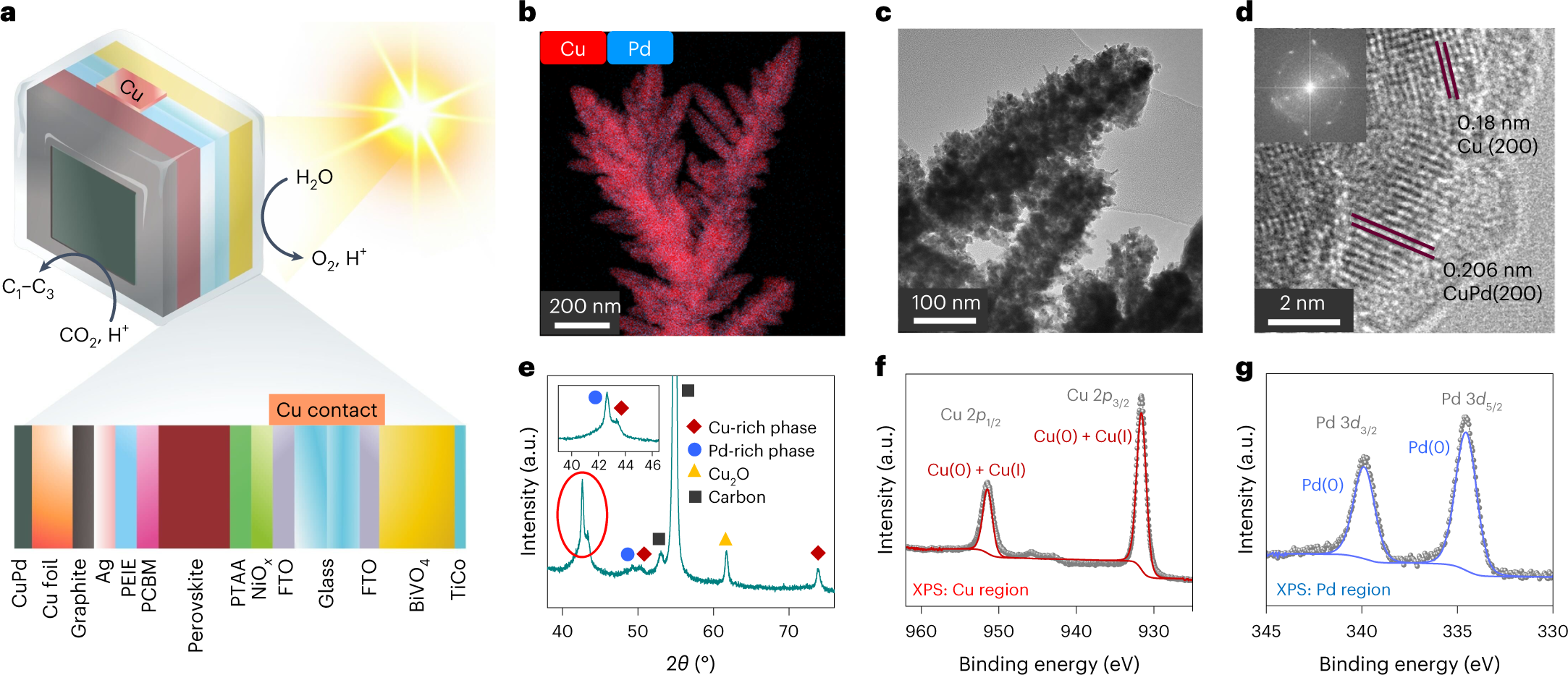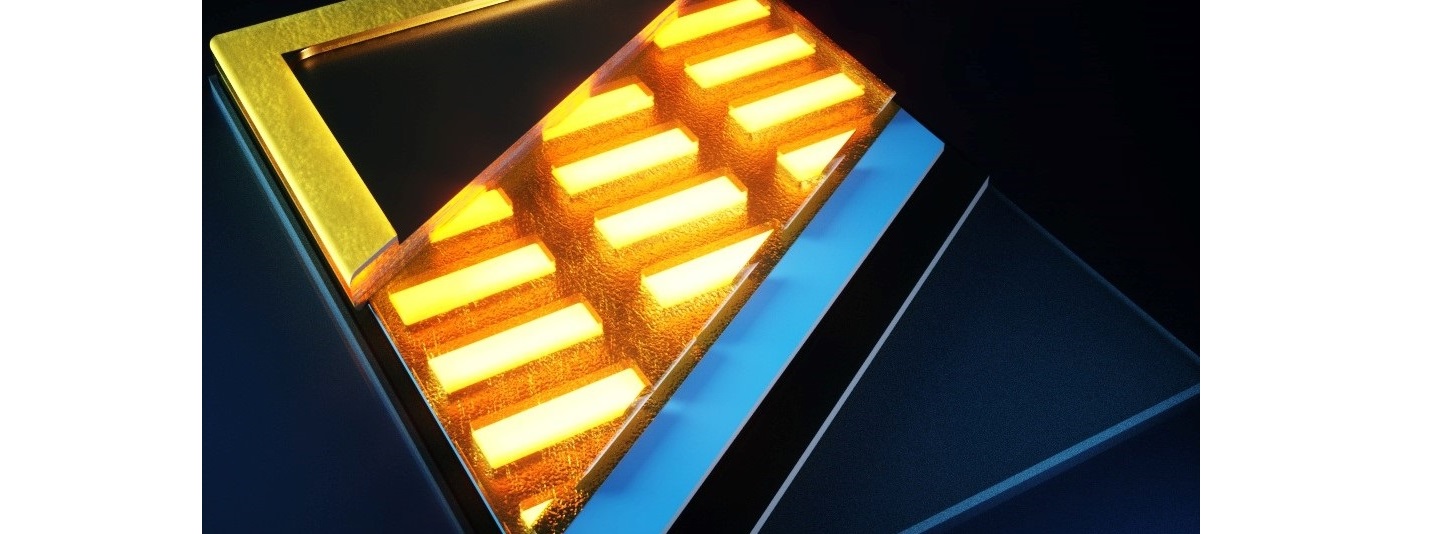-
Artificial photosynthesis
Why release CO2 into the atmosphere if you could
use it to make fuels and chemicals?
The sustainable utilisation of the greenhouse gas CO2
represents a key step towards accomplishing a circular carbon
economy. To address this goal, we interface light absorbers with
suitable catalysts for the light-driven conversion of CO2
to value-added chemicals, including CO, formate, methane, or
liquid multicarbon products. Our research covers various facets of
CO2 conversion, from fundamental studies on
electrocatalytic surface-bound interactions, to applied research
on device integration and upscaling. Molecular catalysts are
immobilised onto nanostructured metal oxide, lead halide
perovskite, and silicon semiconductors to promote highly-selective
CO2 conversion in both aqueous and organic media.
Spectroelectrochemical studies on those (photo)electrodes uncover
mechanistic insights into optimal catalyst loading and
selectivity. Synthetic catalysts are functionalised with a variety
of anchor groups to enable photocatalysis in colloidal systems
involving quantum dot, carbon nitride and carbon dot
nanoparticles. Photoelectrochemical “artificial leaf” devices and
particulate photocatalyst sheets are being developed to probe the
stability and scalability of our systems, taking practical aspects
as variable daylight conditions and day-night cycles into account.
Overall, our efforts strive towards establishing solar carbon
fuels as a competitive alternative to fossil fuels in the future.






